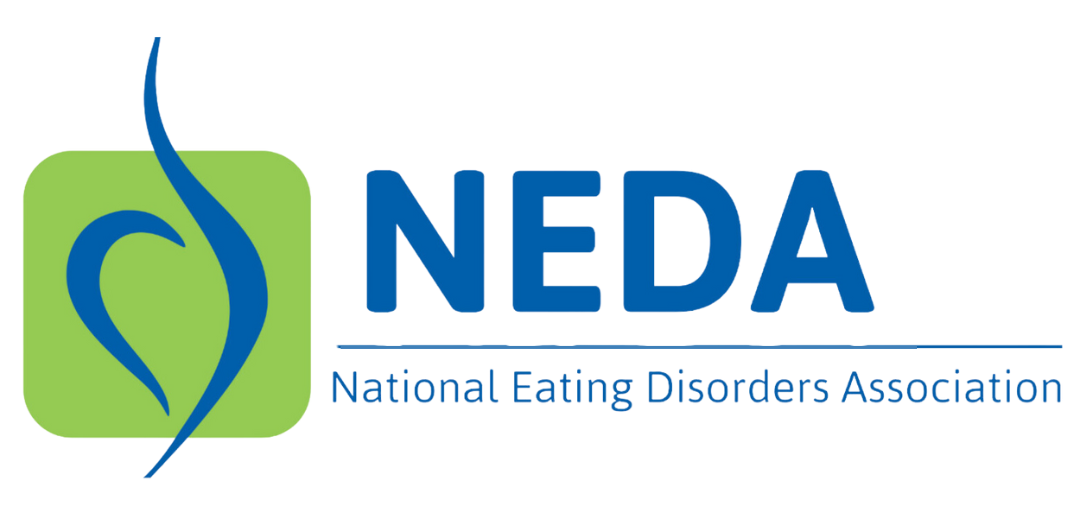Eating disorders do not discriminate as they impact people of all cultural backgrounds. Understanding the diverse experiences of these communities due to the combination of biological, social, and psychological risk factors they face can help push barriers when it comes to seeking out help and support. It’s important to acknowledge these lived experiences while individuals are in treatment to ensure individualized, quality care.


